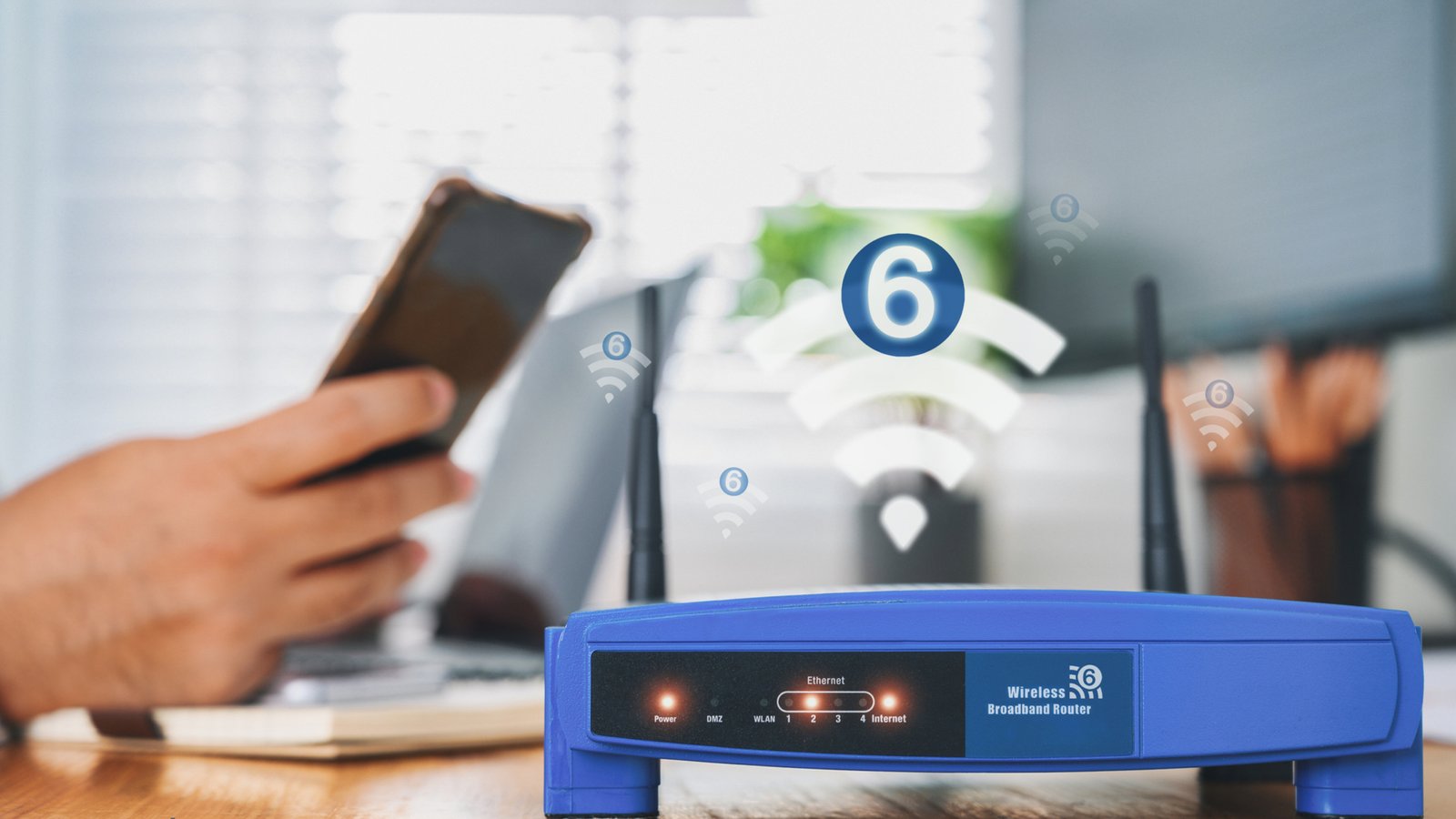Setting up Customer Premises Equipment (CPE) correctly is crucial for ensuring seamless connectivity, security, and performance. However, many businesses and IT professionals make avoidable mistakes during installation and configuration, leading to network inefficiencies, security vulnerabilities, and unnecessary downtime.
In this guide, we’ll explore the most common CPE setup mistakes and provide actionable solutions to help you optimize your network deployment. Whether you’re an MSP (Managed Service Provider), an IT administrator, or a business owner managing your own infrastructure, avoiding these errors will save you time, money, and frustration.
1. Ignoring Proper Placement of CPE Devices
Mistake:
One of the most frequent errors is placing CPE devices in locations with poor signal reception—such as inside metal cabinets, near thick walls, or behind large appliances. This leads to weak Wi-Fi signals, slow speeds, and dropped connections.
Solution:
- Place CPE devices in central, elevated locations for optimal coverage.
- Avoid interference from microwaves, cordless phones, and Bluetooth devices.
- Use Wi-Fi analyzers to test signal strength and adjust positioning accordingly.
2. Using Default Credentials & Weak Security Configurations
Mistake:
Leaving default usernames and passwords (like “admin/admin”) makes CPE devices easy targets for cyberattacks. Additionally, failing to enable encryption (WPA3/WPA2) or disabling firewalls exposes the network to breaches.
Solution:
- Change default login credentials immediately after setup.
- Enable WPA3 encryption (or WPA2 if WPA3 isn’t supported).
- Disable remote administration unless absolutely necessary.
- Regularly update firmware to patch vulnerabilities.
3. Overlooking Firmware Updates
Mistake:
Outdated firmware can lead to security flaws, performance issues, and compatibility problems with newer devices. Many administrators forget to check for updates, leaving networks exposed.
Solution:
- Set up automatic firmware updates if available.
- Schedule periodic manual checks (quarterly or bi-annually).
- Subscribe to vendor security bulletins for critical patches.
4. Incorrect VLAN and QoS Configurations
Mistake:
Misconfiguring VLANs (Virtual Local Area Networks) and QoS (Quality of Service) can cause network congestion, poor VoIP call quality, and inefficient bandwidth allocation.
Solution:
- Segment traffic using VLANs (e.g., separate guest, IoT, and corporate traffic).
- Prioritize critical applications (video conferencing, VoIP) with QoS settings.
- Test configurations in a controlled environment before full deployment.
5. Failing to Document Network Configurations
Mistake:
Many IT teams skip documentation, leading to confusion during troubleshooting, upgrades, or when onboarding new technicians.
Solution:
- Maintain a network diagram with IP addresses, VLANs, and device locations.
- Use configuration management tools (like RANCID or NetBox).
- Keep a change log for firmware updates and settings adjustments.
6. Overloading a Single CPE Device
Mistake:
Connecting too many devices (smartphones, IoT gadgets, servers) to a single CPE can overwhelm it, causing latency and crashes.
Solution:
- Distribute load across multiple access points if possible.
- Implement bandwidth throttling for non-critical devices.
- Upgrade to enterprise-grade CPE for high-density environments.
7. Skipping Signal Interference Checks
Mistake:
Wi-Fi interference from neighboring networks or electronic devices degrades performance, but many admins don’t perform spectrum analysis.
Solution:
- Use tools like NetSpot or inSSIDer to detect channel congestion.
- Switch to less crowded channels (e.g., 5GHz over 2.4GHz where possible).
- Consider wired connections for high-priority devices.
8. Not Testing Failover and Redundancy Measures
Mistake:
Assuming backup connections (like 4G failover) will work without testing can lead to unexpected downtime.
Solution:
- Simulate failures to ensure automatic failover works.
- Use dual-WAN CPE devices for redundancy.
- Monitor uptime with tools like PRTG or UptimeRobot.
9. Poor Cable Management & Power Supply Issues
Mistake:
Loose Ethernet cables, improper power supplies, or using cheap PoE injectors can cause intermittent connectivity.
Solution:
- Use certified cables (Cat6/Cat6a for gigabit speeds).
- Ensure stable power sources (UPS for critical devices).
- Label cables for easier troubleshooting.
10. Neglecting Regular Performance Audits
Mistake:
Many businesses set up CPE and forget about it, only noticing issues when users complain.
Solution:
- Conduct quarterly network performance reviews.
- Use monitoring tools like SolarWinds or Zabbix.
- Adjust configurations based on usage trends.
Final Thoughts: Optimize Your CPE Setup for Reliability & Security
Avoiding these common CPE setup mistakes ensures a stable, secure, and high-performing network. Whether you’re deploying new equipment or optimizing an existing setup, proactive configuration, regular maintenance, and proper documentation are key.
For MSPs, offering CPE setup and management as a service can be a lucrative add-on, helping clients avoid these pitfalls while improving their network efficiency.
